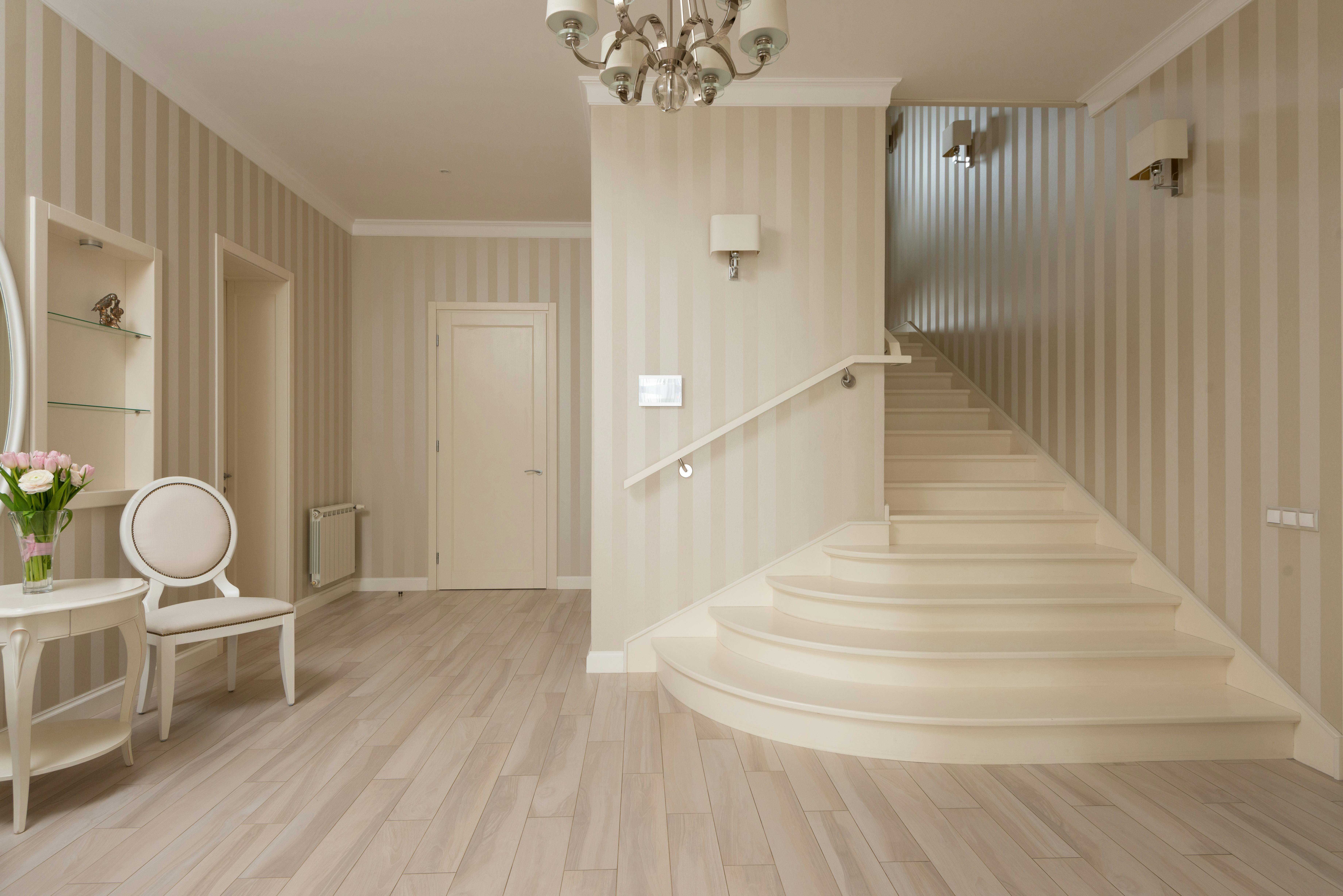
Introduction
When planning a home improvement project, many homeowners overlook one critical detail: stair nosing. The mere mention of this term might leave some scratching their heads, but once explained, the importance of stair nosing for architectural design and safety cannot be undermined. This article aims to provide an in-depth guide on different styles of stair nosing, their applications, and how they significantly benefit your home improvement project.
What is Stair Nosing?
Stair nosing, sometimes known as stair edging, refers to the front edge of the stair where most foot traffic occurs. Not only does it enhance the aesthetics of staircase design, but it also increases safety by offering slip-resistant features and providing distinct visual cues for each stair's edge. Integrating stair nosing into your home design plan offers an additional layer of protection, making it a practical yet versatile home improvement staple.
Different Types of Stair Nosing
In the broad scope of stair nosing, various styles cater to specific design aesthetics, material preferences, and application needs. Let's explore these types to inform your next home renovation project.
1. Bullnose Stair Nosing: The bullnose style is designed with a quarter circle shape that fits snugly over the stair edge. Its rounded form not only heightens the staircase's overall appeal but also adds a touch of softness to the otherwise sharp stair edges— a perfect intersection of style and safety.
2. Flat Stair Nosing: True to its name, flat stair nosing presents with a straight edge, giving your stairs a more contemporary, sleek look. Its straightforward design makes it a popular choice for public buildings where high foot traffic necessitates clear visual cues and high slip-resistance.
3. Raked Stair Nosing: For homeowners seeking a more unique, dynamic look, raked stair nosing is the perfect fit. This style makes use of a steep, angled edge to create a visually striking staircase, broadening the design palette for creative homeowners.
The Importance of Material Choice
Material choice dramatically influences the longevity and aesthetic appeal of stair nosing. The most common materials include wood, metal (aluminium and stainless steel), and rubber or PVC. Each material caters to unique design needs and budgets.
1. Wood: Wooden stair nosing exudes a natural charm and fits perfectly in traditional interiors. The use of textured woods can additionally contribute to a non-slip surface.
2. Metal: Aluminium or stainless steel stair nosing provides a modern, sleek touch. These materials are incredibly durable and possess outstanding wear resistance, making them ideal for high-traffic areas.
3. Rubber/PVC: For those seeking an economical yet effective option, rubber or PVC stair nosing fits the bill. Not only are these materials highly durable, but they also offer excellent slip resistance and easy installation.
Safety and Functional Benefits of Stair Nosing
We cannot stress enough the myriad safety and functional benefits stair nosing delivers. It enhances visibility, making it easier to navigate stairs— this is particularly beneficial in low-light conditions. The anti-slip edge increases traction, reducing the risk of accidents and injuries. Additionally, stair nosing safeguards the stairs from wear and tear due to continuous foot traffic, extending the longevity of your staircase.
In Conclusion
Stair nosing, while often overlooked, is an essential aspect of sophisticated home design and safety. From bullnose and flat styles to raked ones, the variety empowers homeowners to choose options that best complement their interior decor while preserving functionality. Remember, no home improvement project is trivial or insignificant. So, the next time you plan to renovate your home, don't underestimate the little details like stair nosing, for they make a considerable impact on safety, longevity, and design continuity. Happy home improving!